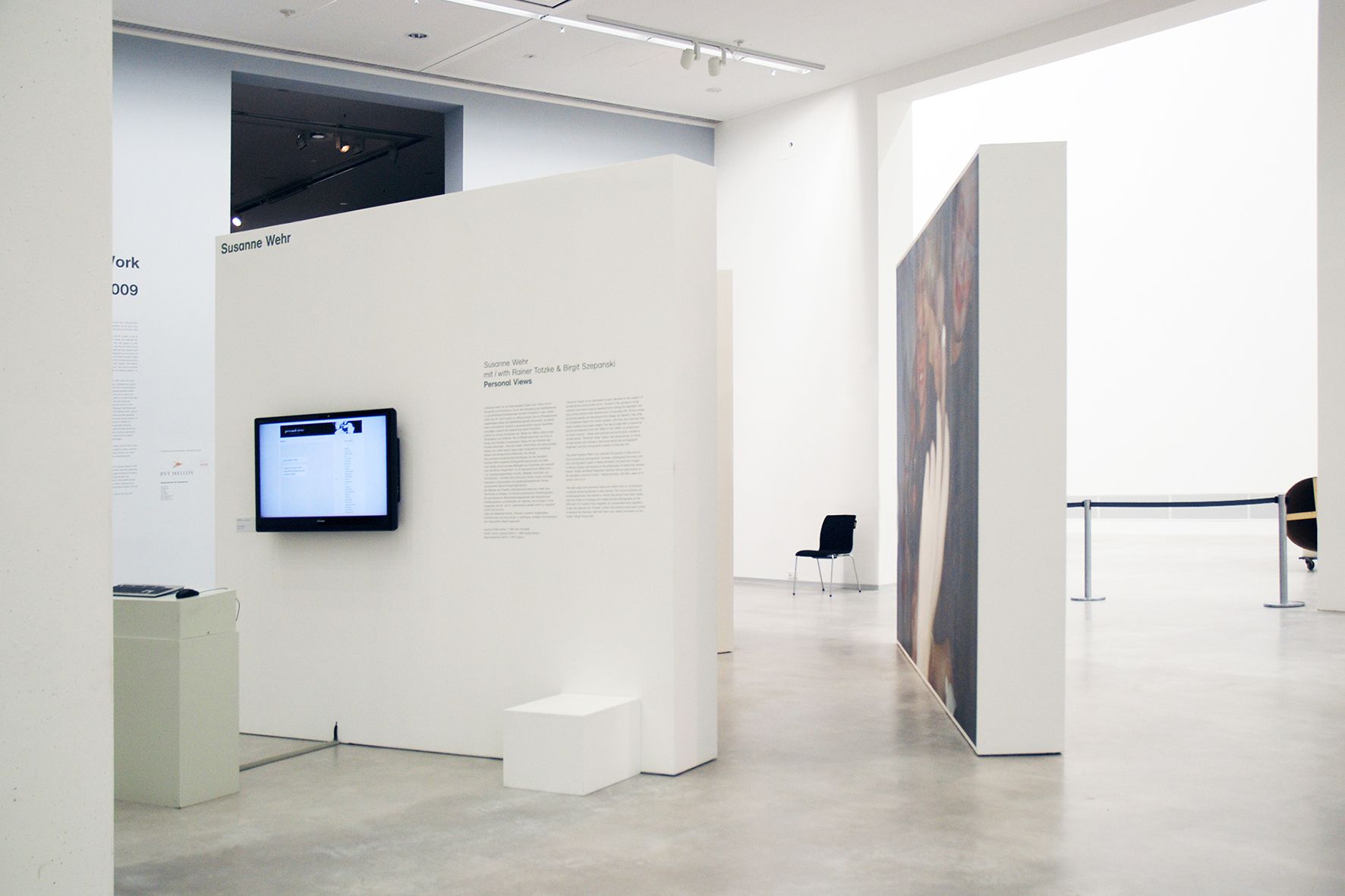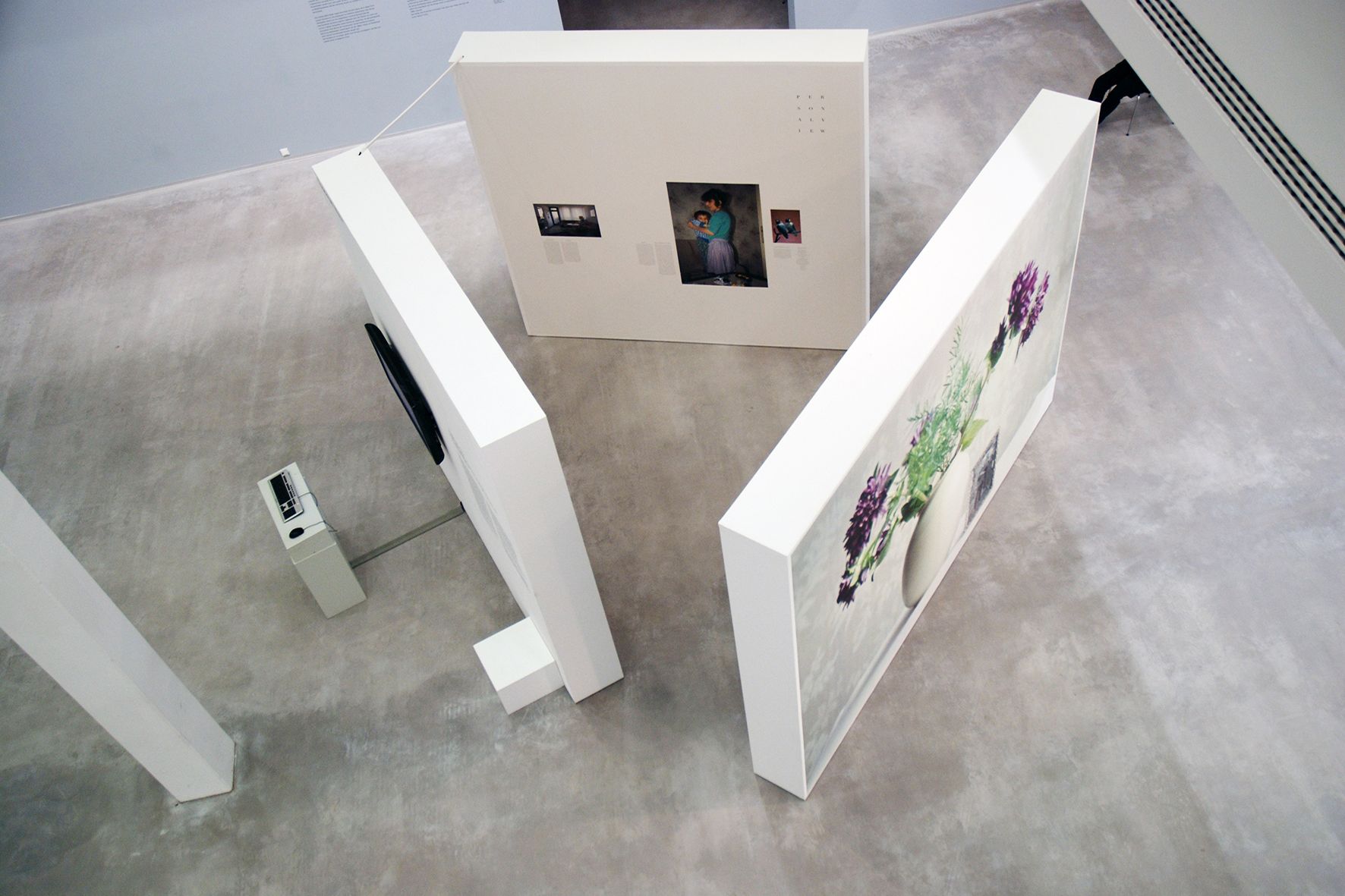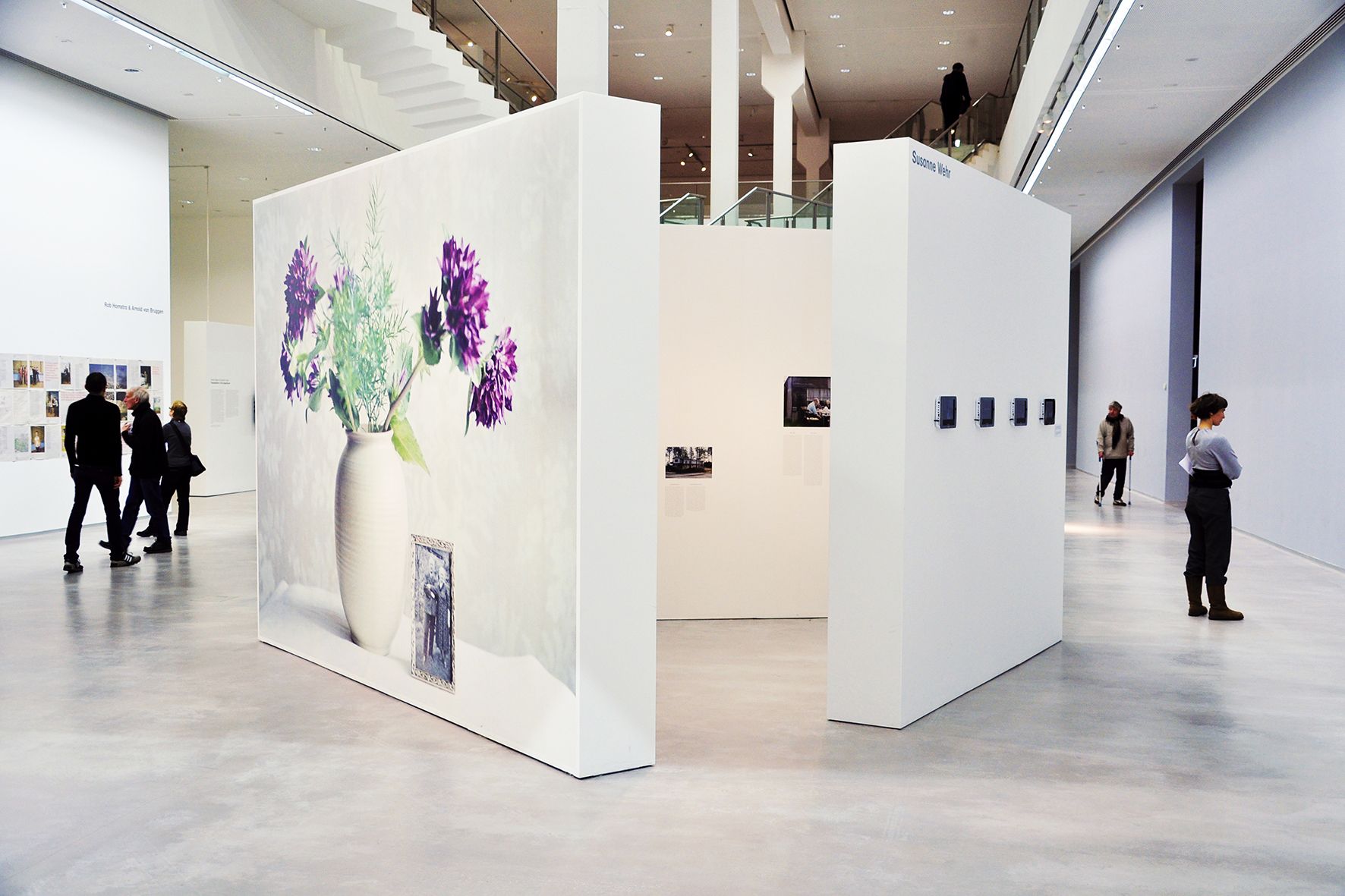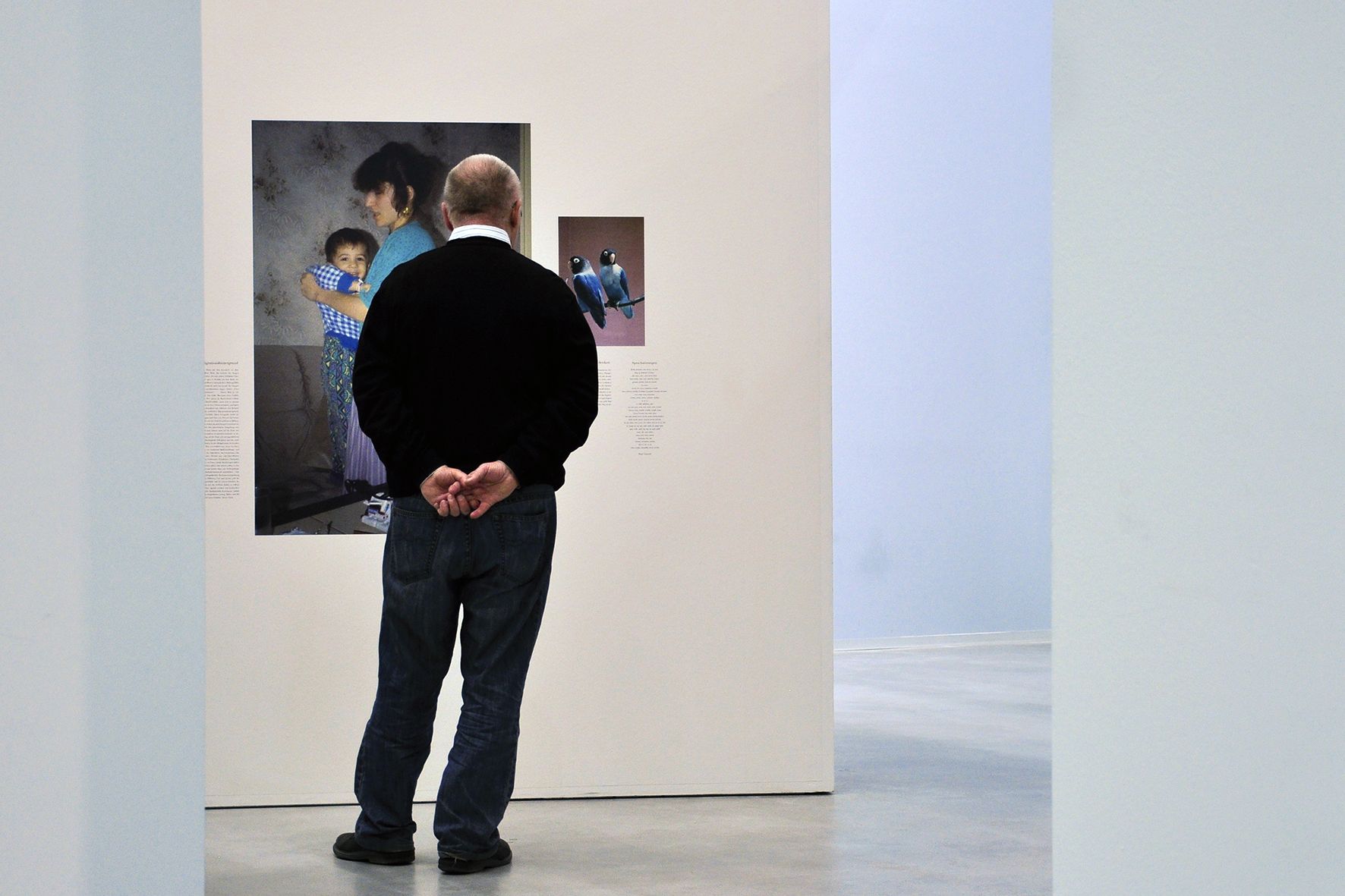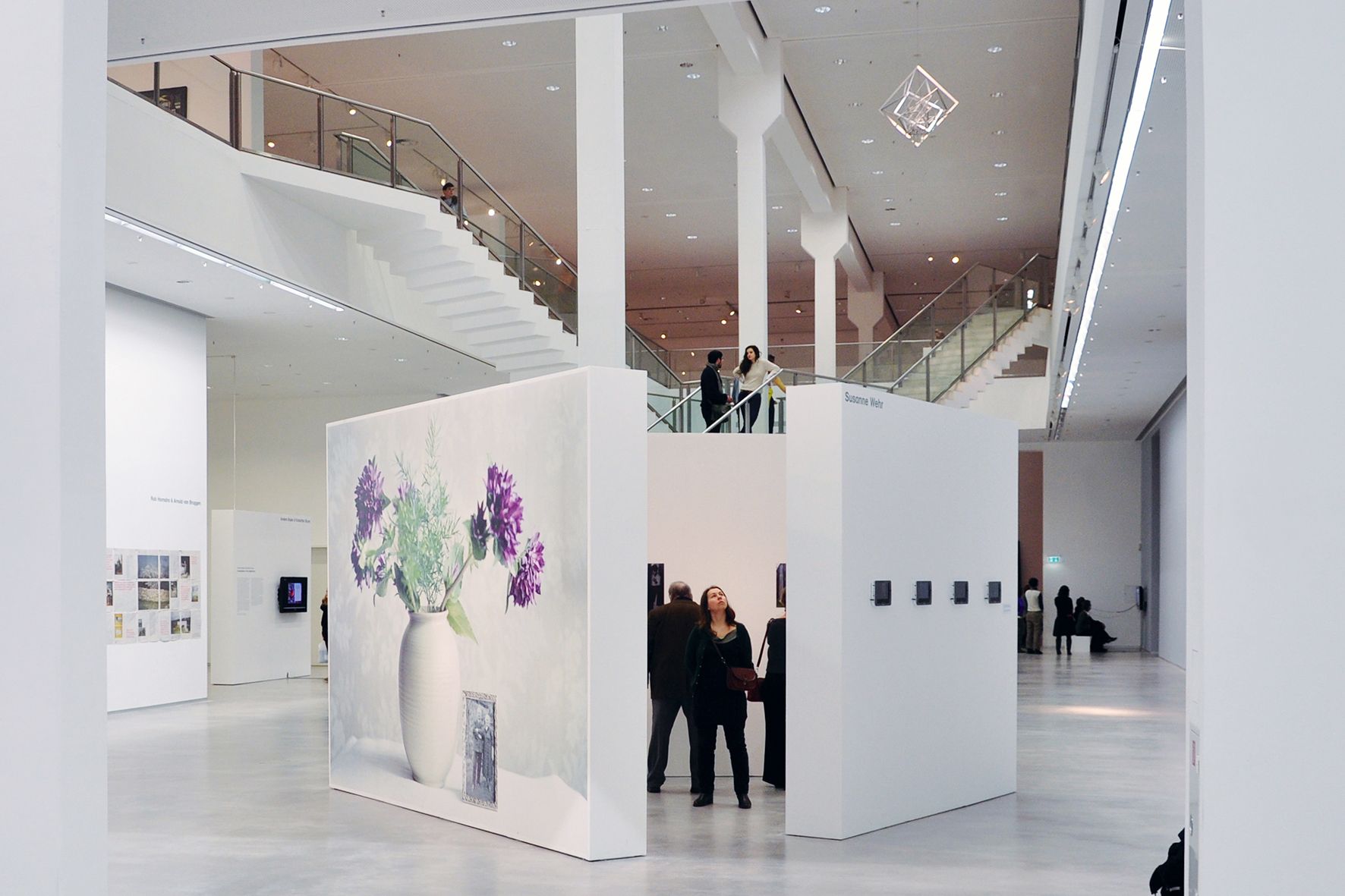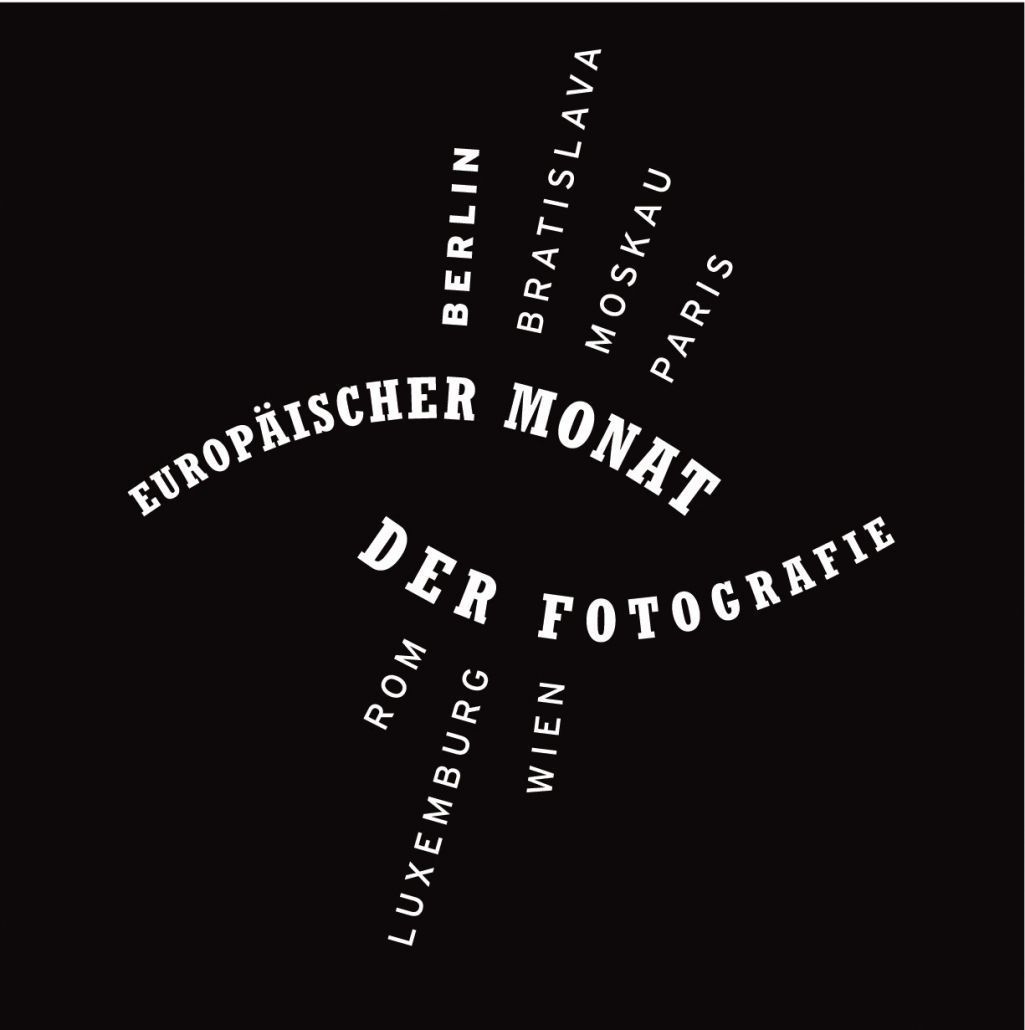personal views
Ein Projekt von Susanne Wehr
mit Texten von Birgit Szepanski und Rainer Totzke
personal views – könnte man übersetzen mit persönliche Sichtweisen; persönliche Ansichten – gemeint sind Blicke in/auf/aus dem Privatleben eines jeden und zu verschiedenen Zeiten, seit es die private Fotografie gibt. Ob Familien, Paare, Reisen oder Feiern, ob Stillleben oder Gruppenbilder – Menschen fotografieren sich, ihre Freunde oder Verwandten, dokumentieren ein zeitliches, verschiedengesichtiges „Ich war hier“, halten private, gleichwohl gesellschaftlich relevante Kontexte im Medium Fotografie fest, kartographieren ein „Da-, Dort- und Hier-Sein“ in Bezug zu Orten und formulieren damit unzählige personal-views.
Aus Nachlässen und Ankäufen von Diafotografien aus den 1950er bis 1990er Jahren hat die Berliner Künstlerin Susanne Wehr eine fotografische Bild-Sammlung angelegt: mannigfache Bildsujets, anonyme Fotografen, unbekannte Biografien, Zeitsprünge, Muster und Selbstpräsentationen, Konstruktionen einzelner Identitäten stoßen Bild an Bild aufeinander. Dieser Faszination und dem Potential der anonymen personal-views folgend initiierte Susanne Wehr das Projekt volksbild, in dem sie die privaten Diafotografien sortiert, schichtet und neuen Kontexten aussetzt. In dem zweiten Projekt Susanne Wehrs personal views, begleiten die beiden AutorInnen – Birgit Szepanski, Künstlerin, Kunstwissenschaftlerin, und Rainer Totzke, Medienphilosoph, Schriftsteller – die Auswahl von einzelnen Diafotografien und dialogisieren in Textessays Potentiale, mögliche Sichtweisen auf das halbverborgene Bildmaterial der privaten Fotografie.
Welche Bildmuster sind zu finden, wie werden Identitäten formuliert und welche normativen Strukturen werden in dem Bildmaterial sichtbar, wieder erkennbar oder bleiben aus heutiger Sicht unverständlich? Die Essays von Szepanski und Totzke nähern sich den von Susanne Wehr ausgewählten und zu Themen zusammengestellten Diafotografien an. Fotografie und Text ergänzen sich und zeigen das „How to Look at It“ der Fotografie im Rahmen der Privatfotografie auf.
Öffentlich und in einen aktuellen Bild-Kontext gesetzt, wird das Projekt personal views als Internetseite und Netz-Plattform präsentiert. Durch die Verlinkung von digitalen, im Internet fluktuierenden Privatfotografien werden aktuelle Bildarchive wie Google oder Flickr thematisch miteinbezogen. Dadurch entstehen weitere, unzählige Verknüpfungen, inhaltliche Auseinandersetzungen und Fragestellungen zum Thema des privaten Blicks, der sich immer im Spannungsfeld zwischen medialer Bilderflut, Bild-Stereotypen und dem Erschaffen einer Individualität befindet.
Das Aufspüren von fotografischen Zeitspuren, Lebens-Entwürfen, Identitäts-Konstruktionen und der Umgang mit dem Medium Fotografie gerät im multimedialen Bild-Projekt personal-views zu einer Suche nach sprachlichen wie visuellen Ausdrucksmöglichkeiten und Maßstäben. Es gilt, die Widersprüche und Grenzlinien einer kontroversen Situation aufzudecken und zu diskutieren: Das Bewusstsein, in einer medialisierten Welt zu leben und die Sehnsucht nach der Legitimation des Rückzugsortes der privaten Welt.
Birgit Szepanski
Das Projekt wurde als deutscher Beitrag für den EMOP 2010 für die Ausstellungsreihe Mutations III ausgewählt und in den beteiligten Partnerstädten Paris, Wien, Luxemburg, Rom und Bratislava gezeigt
A Project by Susanne Wehr
with Texts from Birgit Szepanski und Rainer Totzke
personal views – the title evokes views of, onto or from the private life of anyone and anybody at any time, starting from the first beginnings of private photography. Whether it is a matter of families, couples, travels, festivities, still lives or group portraits – people take snapshots of one another, their friends and their relatives, documenting a multifaceted ‘I was here’ signature in the stream of time; they capture private contexts – which may equally have social relevance – in the medium of photography, like cartographers mapping a ‘here, there and elsewhere’ in terms of place, and so give rise to countless personal views.
Berlin artist Susanne Wehr has put together a collection of photographic images from slides created between the 1950s and the 1990s. Some of these formed part of photographic legacies, others were acquired by purchase. Multivarious subjects, anonymous photographers, unknown biographies, leaps in time, models and self-presentations, constructions of individual identities throng together from one picture to the next. Yielding to the fascination and sensing the potential of these anonymous personal views, Susanne Wehr launched the volksbild project, where she sorts the private slides, arranges them in layers and exposes them in new contexts. Her second project, personal-views, the selection of individual slides, is accompanied by two writers – Birgit Szepanski, an artist and author, media philosopher and the author Rainer Totzke – who supplies text essays in dialogue on the potential and possible points of view in looking at this half-hidden treasury of private photography.
What pictorial models are to be found, how are identities formulated and what normative structures can be seen in these graphic materials, can be recognised as familiar or remain quite opaque from our point of view today? The essays of Szepanski and Totzke form an approach to the slides that Susanne Wehr has selected and thematically grouped together. Photographs and text complement each other, resulting in a ‘How to Look at It’ vade mecum of photography in the private sphere.
As a public project, set in a contemporary pictorial context, personal-views is presented as a website and online platform. The linking of digital private photographs, found in the internet flux, makes it possible for contemporary photographic archives (like Google and Flickr) to be thematically included. This gives rise to countless further links, an engagement with material content, and the raising of questions on the theme of the private view, which is invariably located in the field of tension between the flood of images supplied by the media, pictorial stereotypes, and the creation of an individual identity.
In the multimedia image project personal views, the tracing of photographic traces of time, life designs, identity constructions and the dealing of the medium of photography leads to a search for linguistic and visual expression possibilities and standards. It is crucial to reveal the contradictions and borderlines of a controversial situation and to engage in the discussion of: the consciousness of living in a world dominated by the media, and the longing for the vindication of the private world as a place of retreat.
Birgit Szepanski


